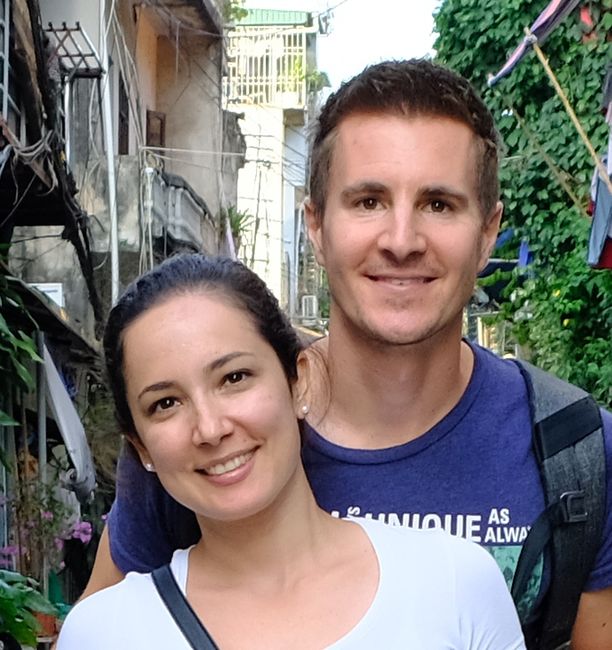Peru
प्रकाशित कीता: 06.03.2019
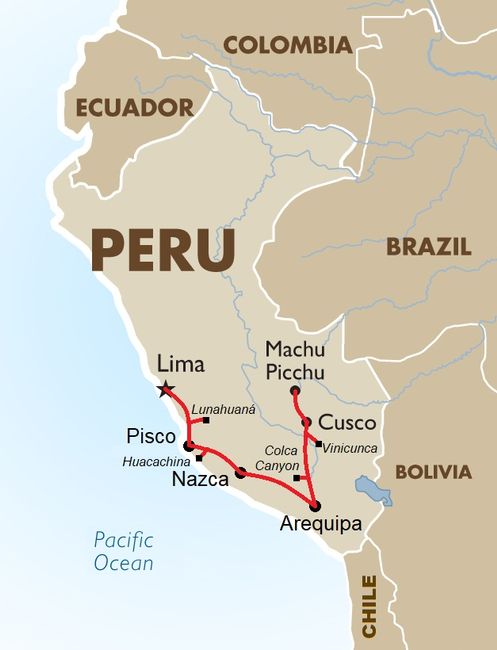
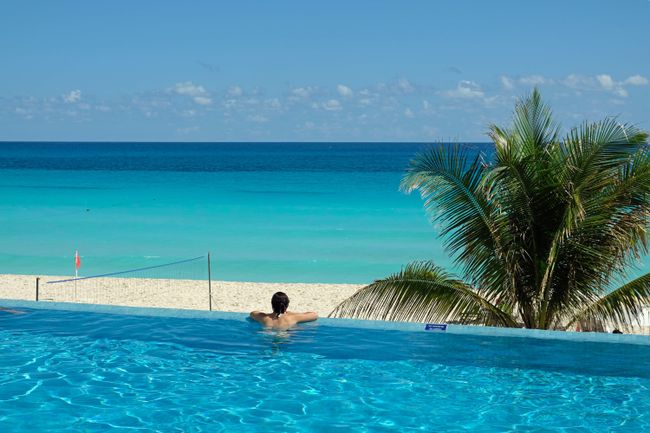
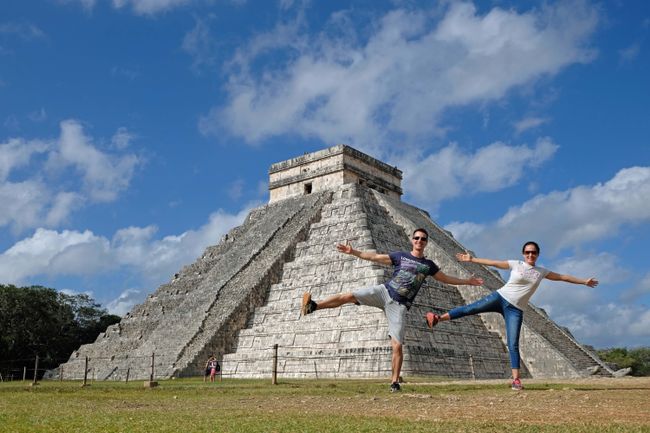
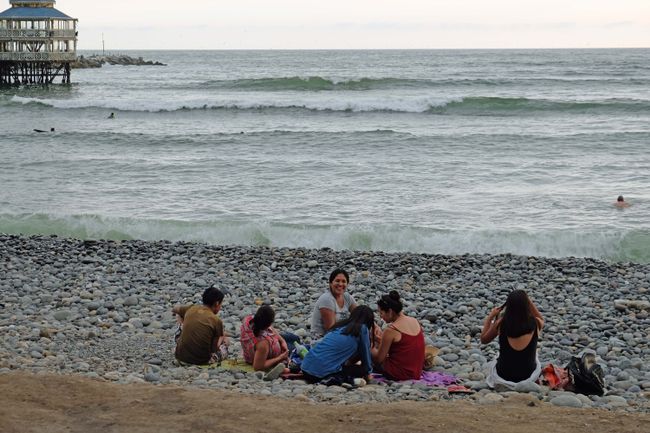
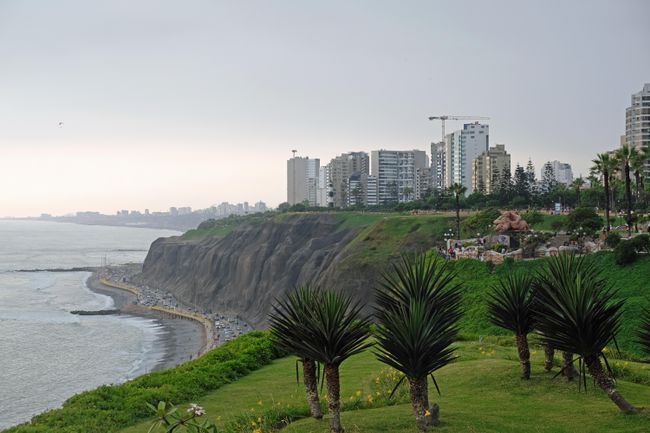
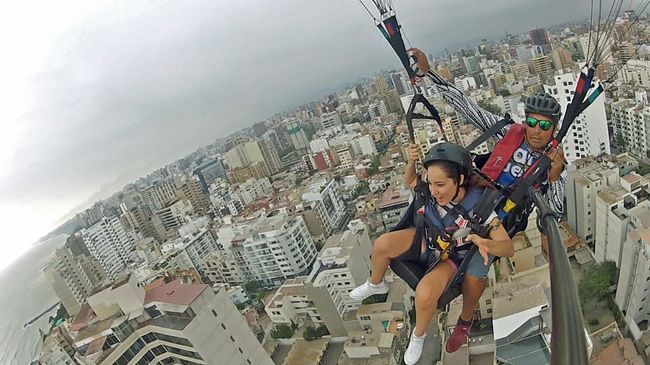
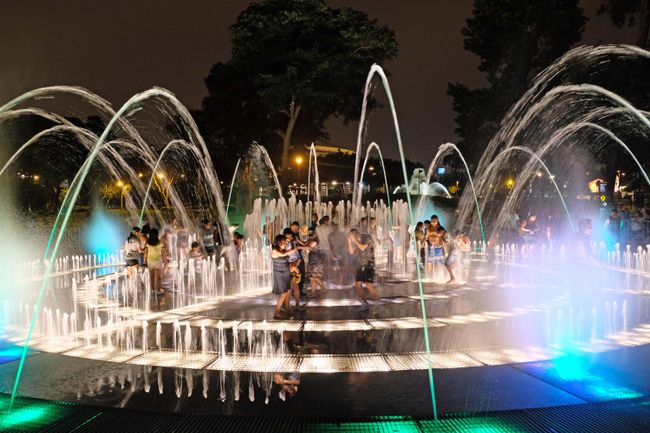
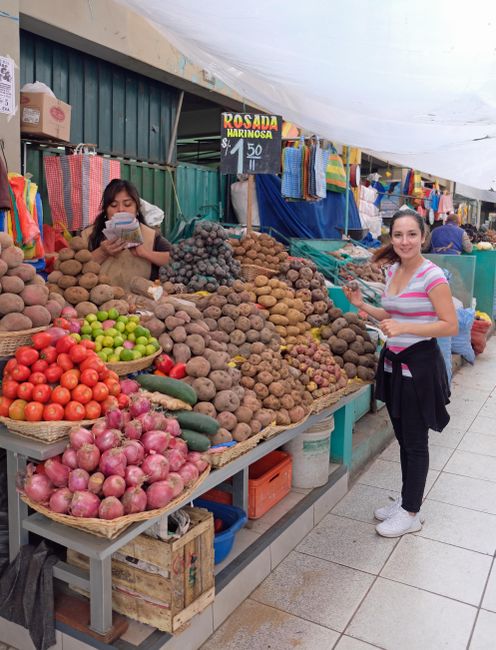
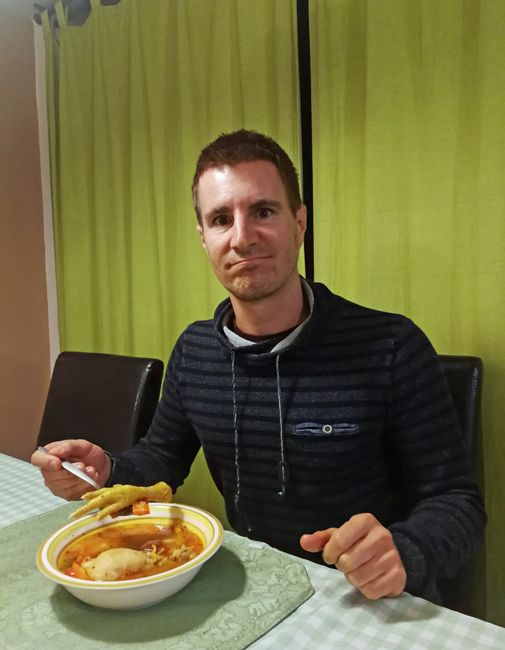
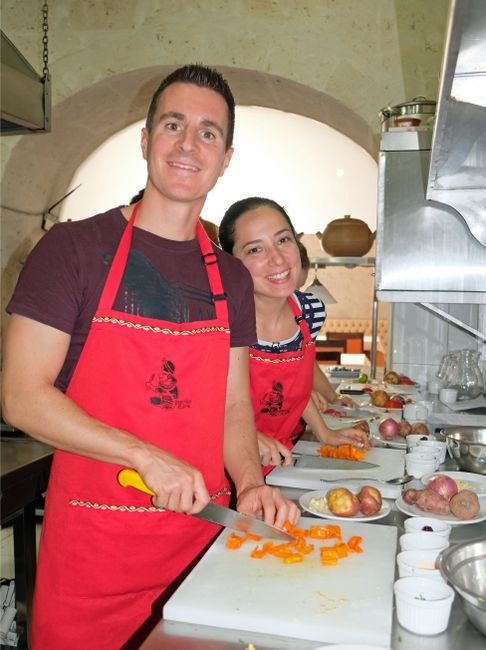
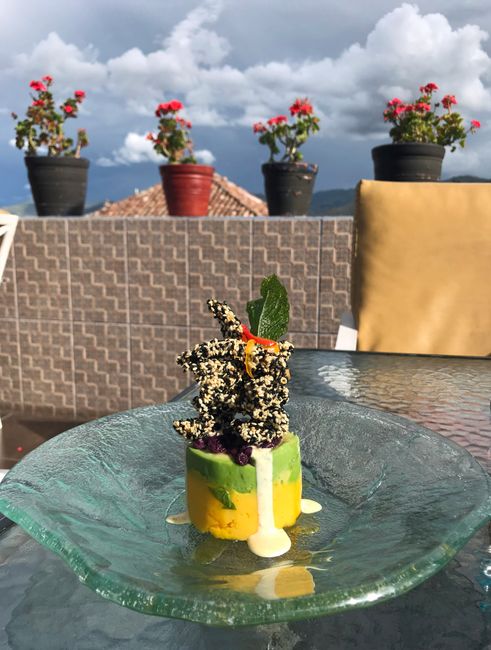
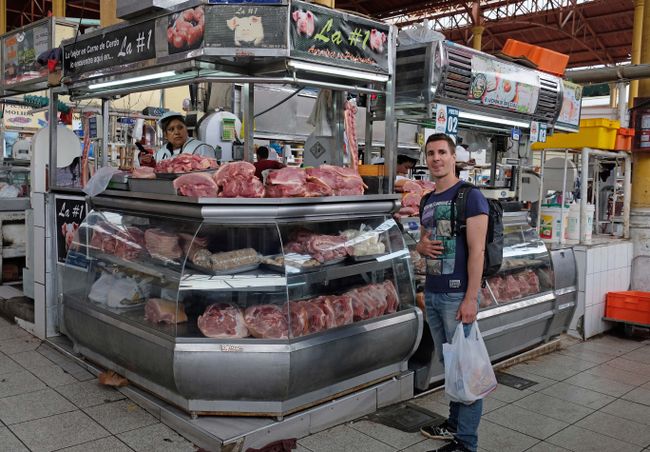
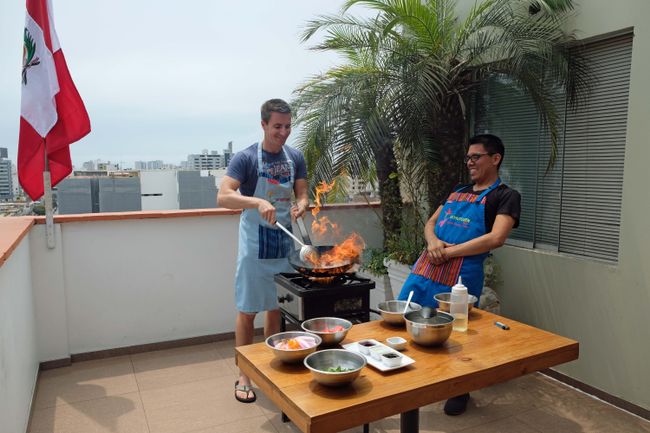
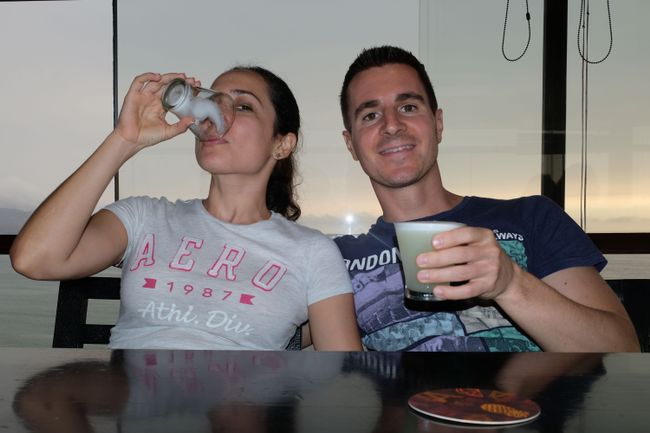
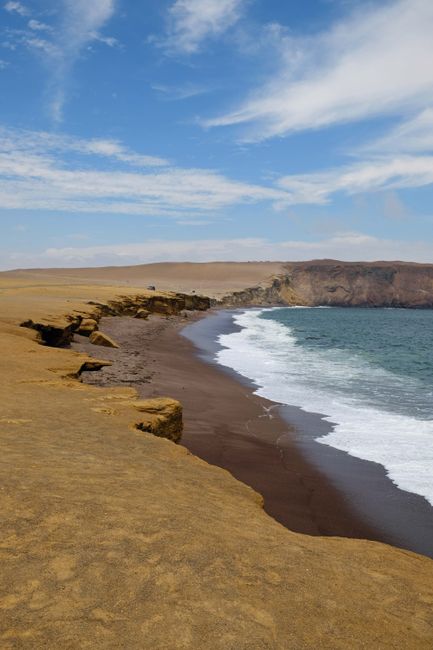
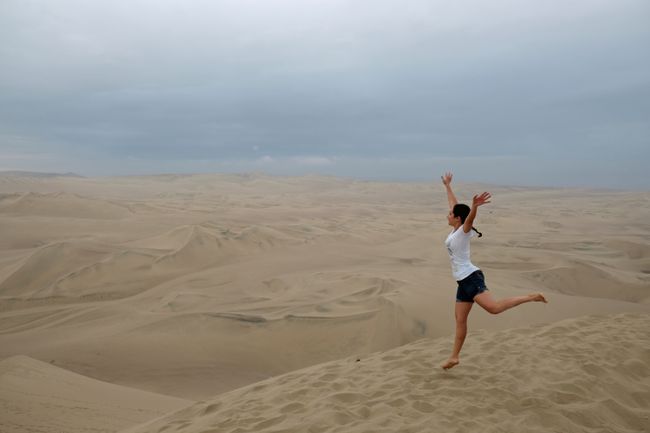
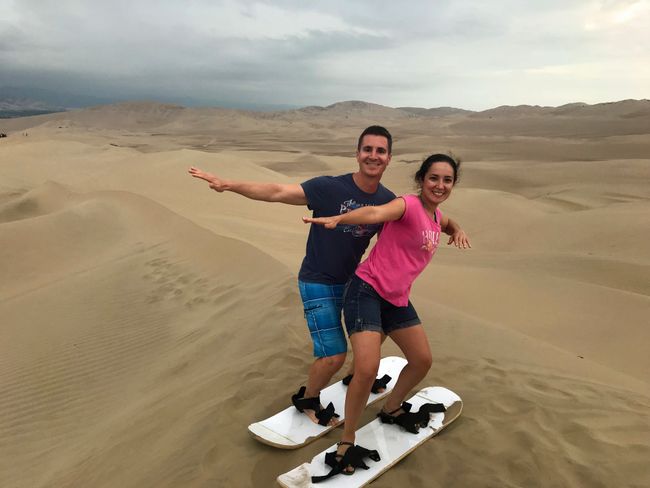
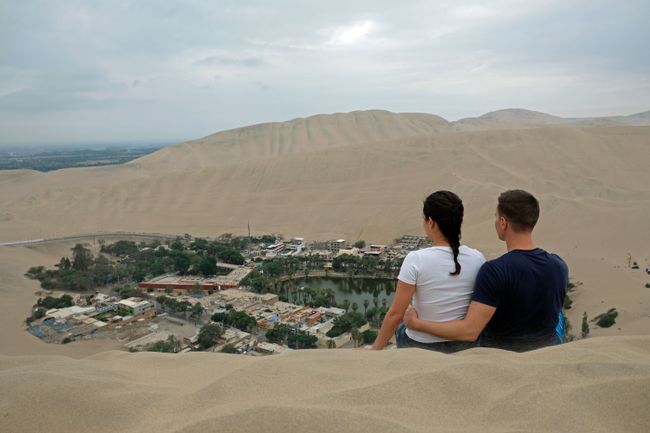
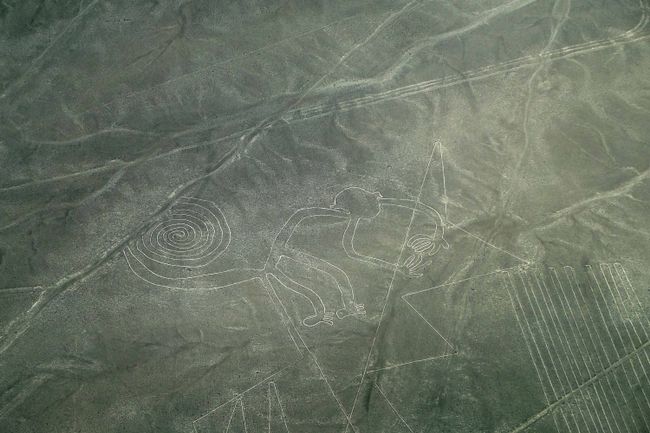
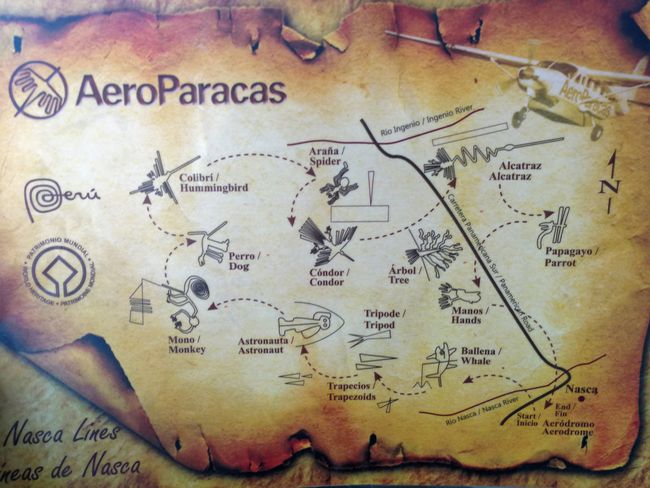
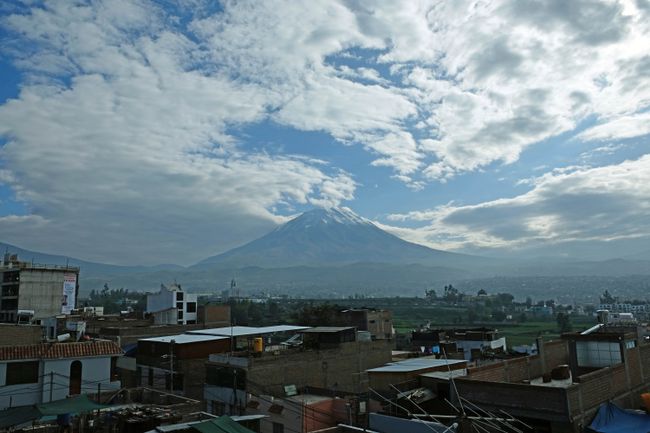
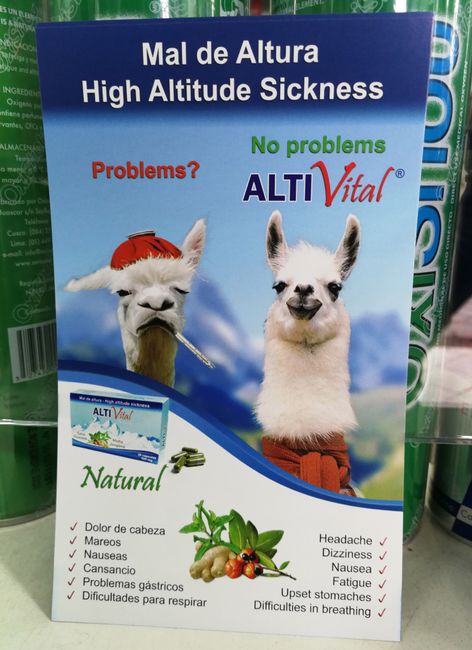
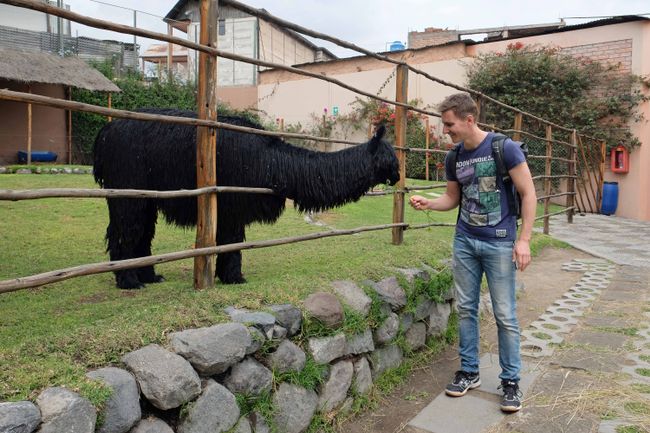
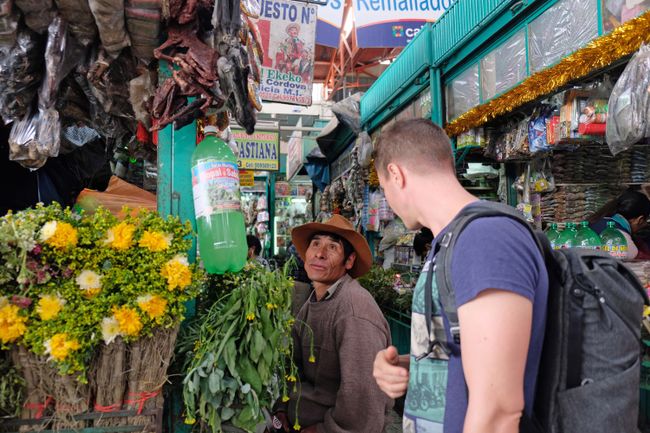
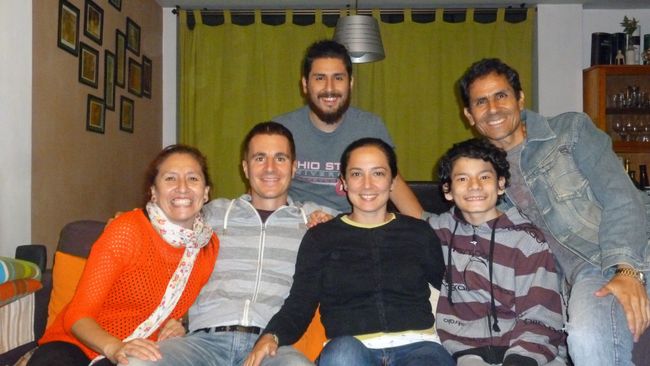
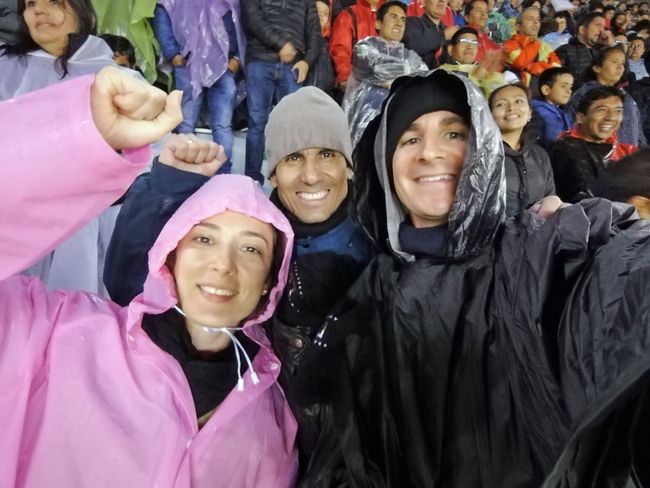
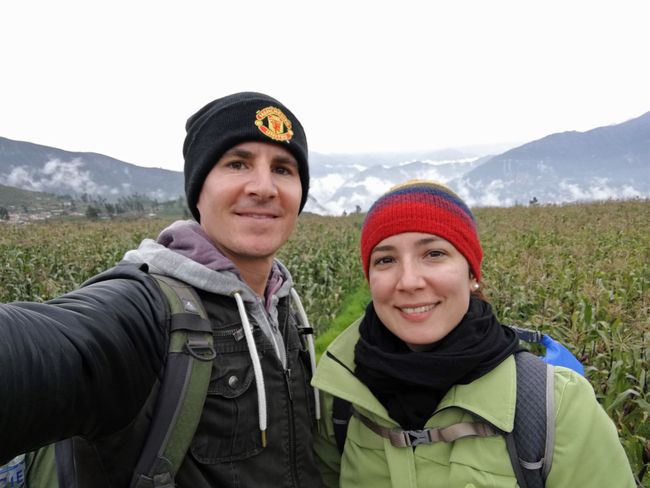
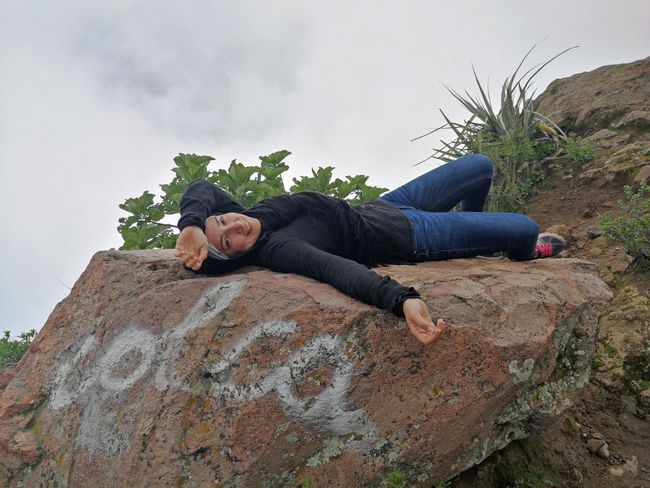
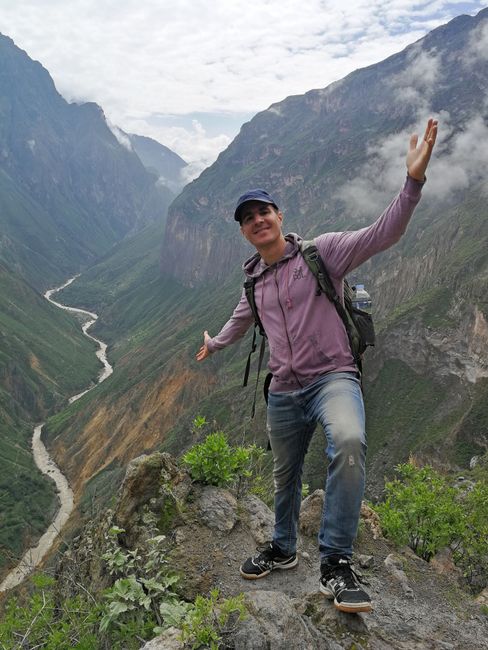
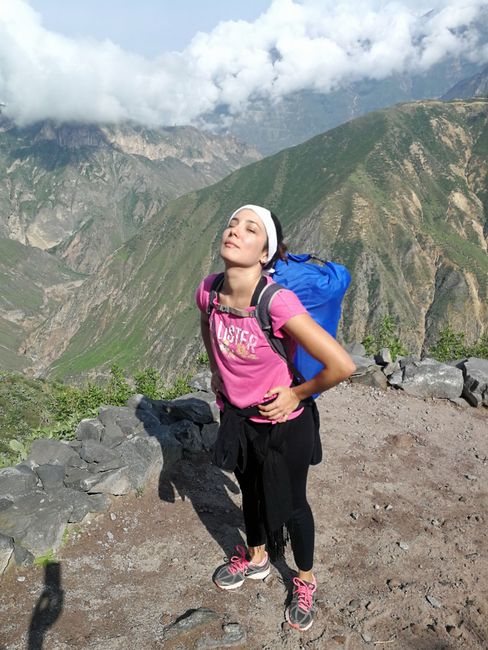
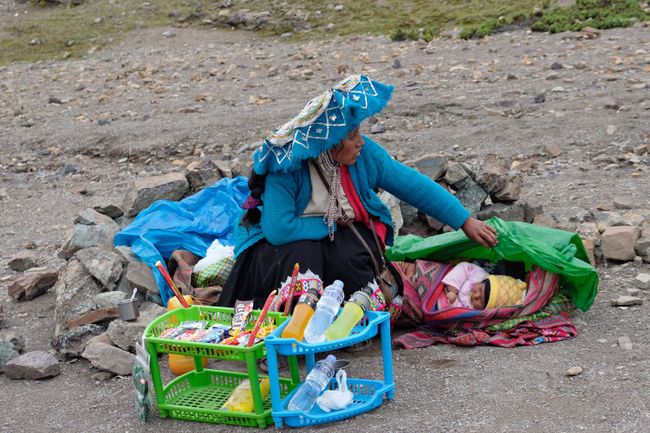
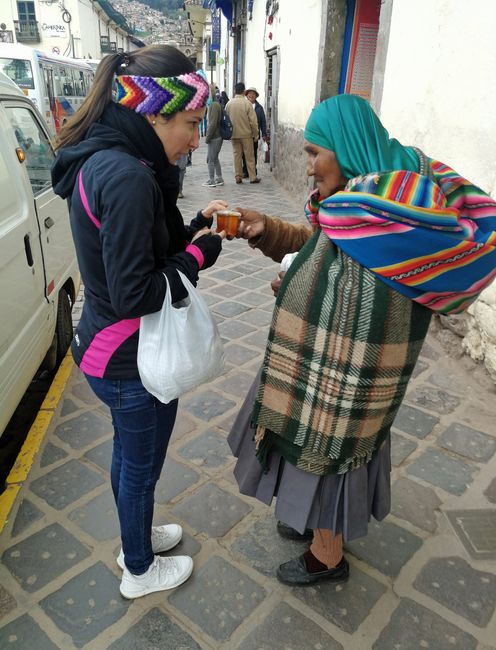
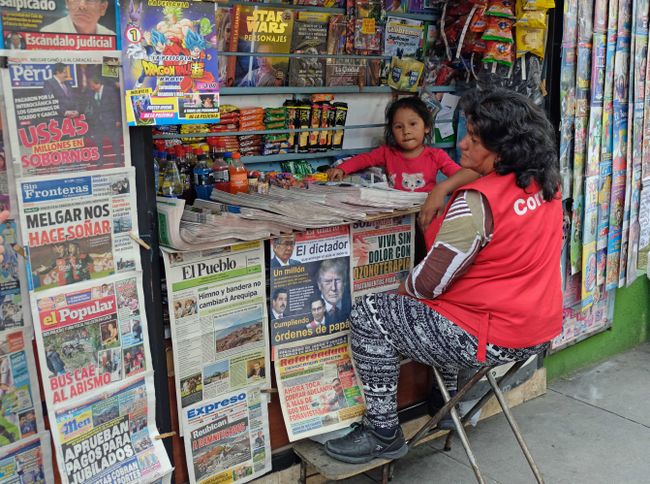
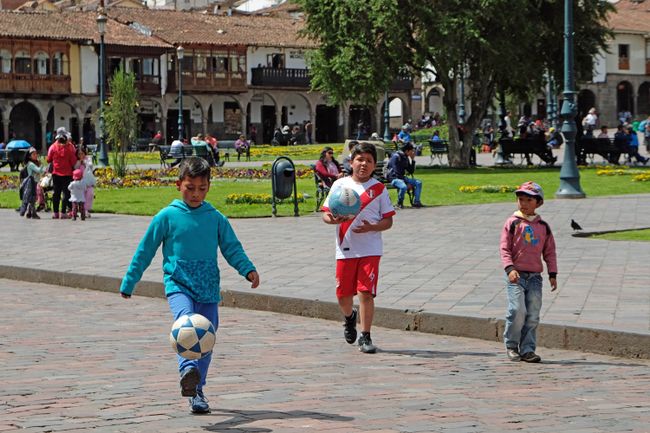
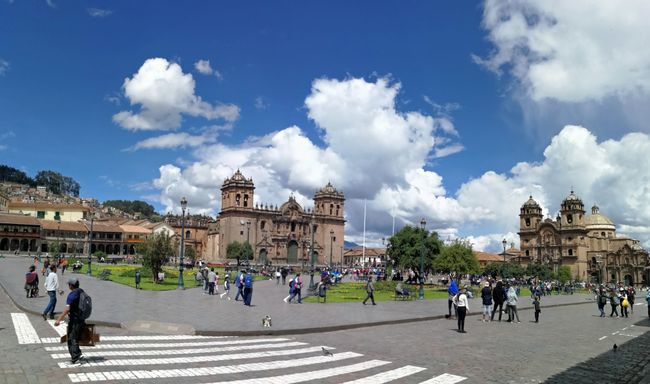
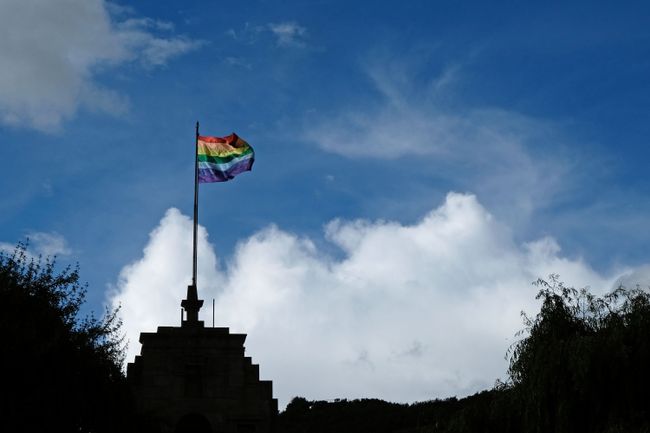
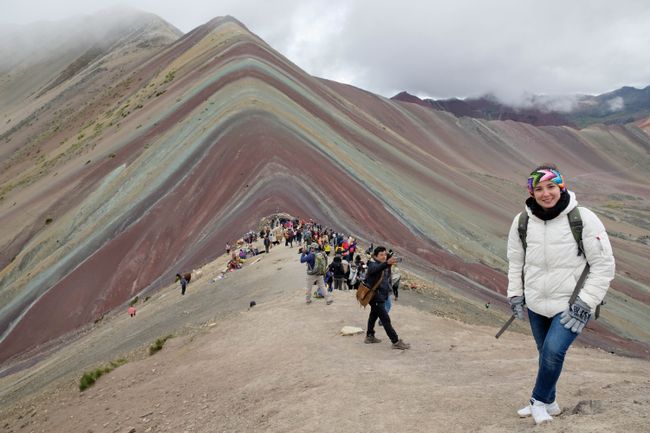
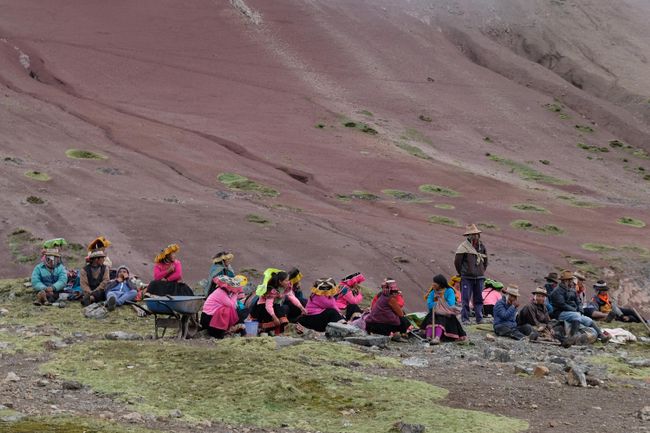
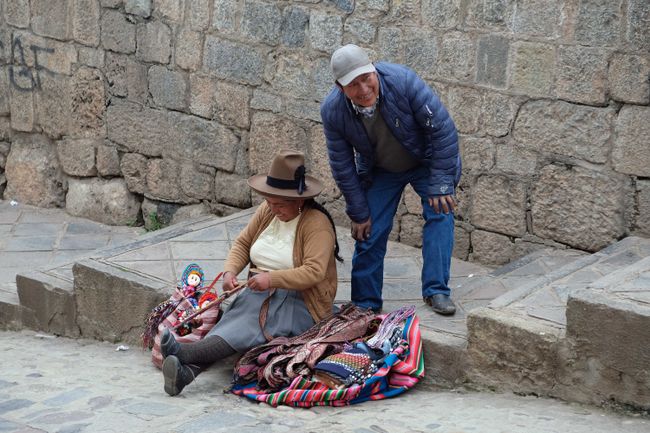
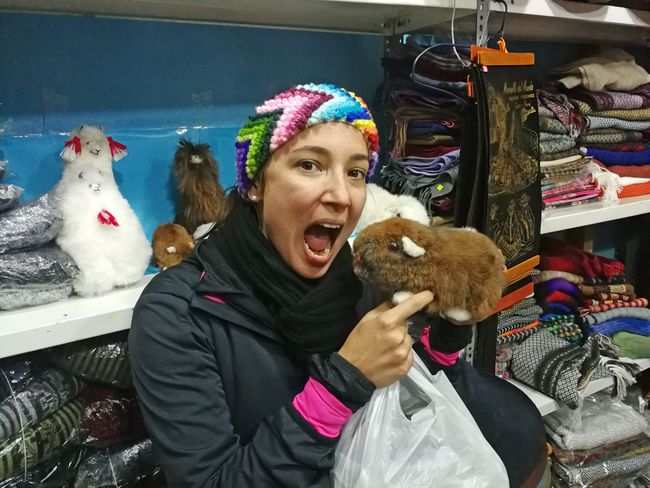
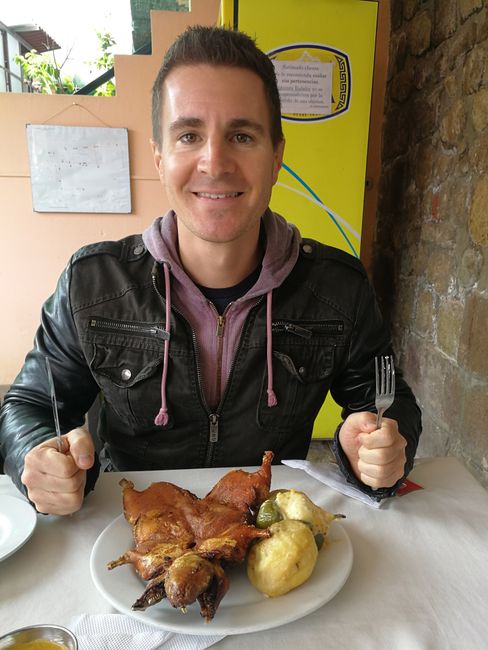
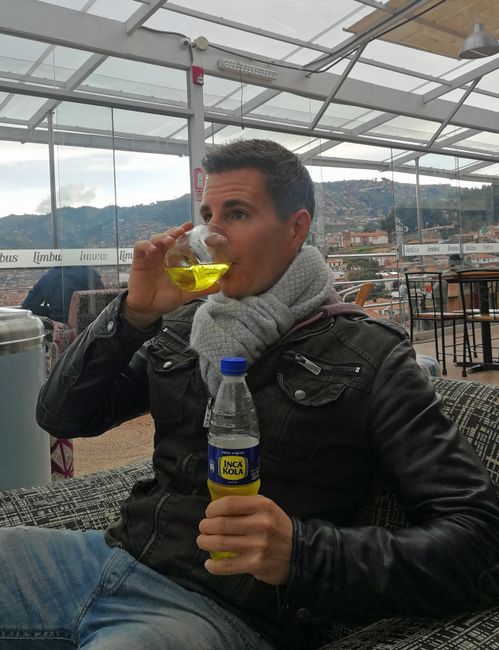
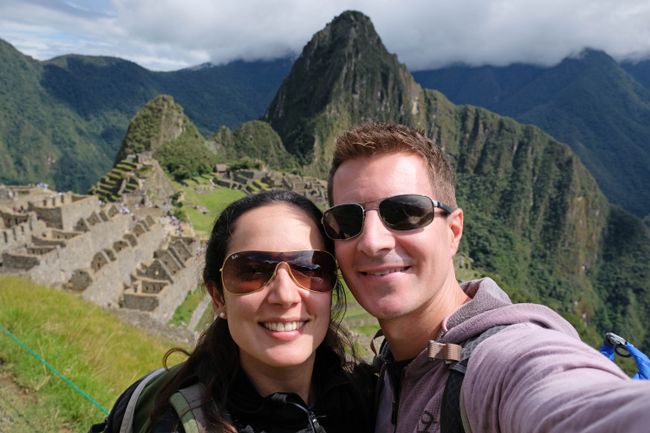
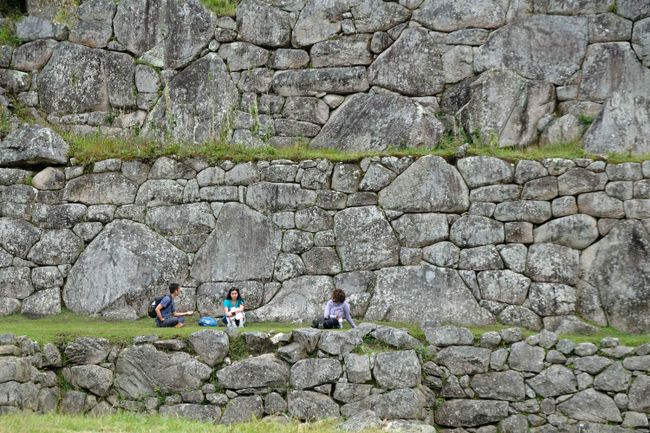
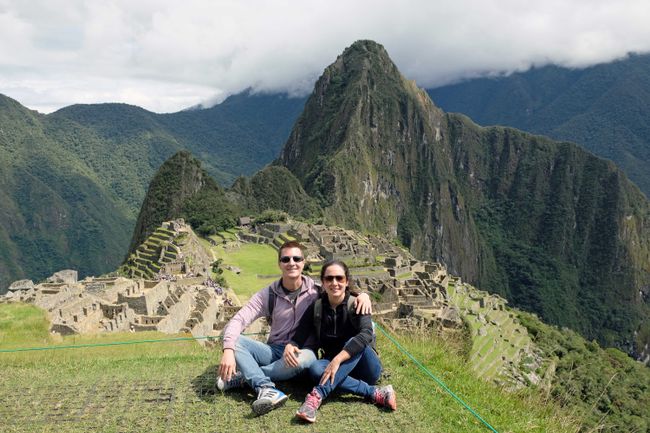
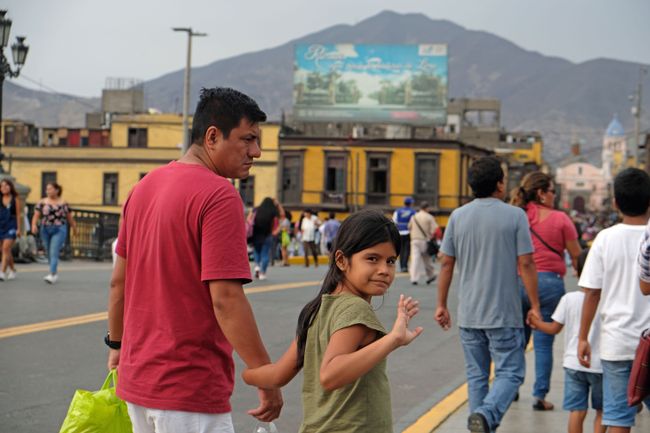
न्यूज़लेटर दी सब्सक्राइब करो
When we were still in Cuba and wanted to book our next flight, we spontaneously decided to make a stopover in Mexico, because direct flights from Cuba to Peru are very expensive. So we spent a cozy week on the Yucatan Peninsula in Mexico and started planning our trip to Peru. Until then, our rough plan consisted of two elements: Firstly, we knew that there is enough to see in Peru to travel for a whole month (Machu Picchu and such). Secondly, we knew that summer in South America is during winter in Switzerland, from December to February. Therefore, we reserved the entire month of February for Peru. However, after just 5 minutes of reading the Lonely Planet on the Mexican beach, our detailed planning came to a halt: We read that in Peru it rains from December to March. Furthermore, the famous Inca Trail, the hiking trail to Machu Picchu, is closed for the whole month of February due to heavy rainfall. Our only consolation is that at least 10% of the Peruvian territory - a narrow strip along the Pacific coast - is exempt from the rainy season.
So we are still looking forward to our first week in Peru, which we will spend in the warm and dry capital Lima on the Pacific coast. Because since the beginning of our world trip, our suitcases are filled 80% with shorts, short-sleeved tops, flip-flops, swim trunks, and bikinis. However, after a few days in Lima, we realize that we can safely leave the swimwear in the suitcase, because the sea and the sky do not invite us to splash in the Pacific: The "beach" is a collection of fist-sized gray stones, while two four-lane highways run parallel to it. In addition, the sky is continuously cloudy. When we ask the locals about this strange weather, we learn that the sky always looks white-gray here and that Lima is therefore called "The Gray City". Great. Paradoxically, it still practically never rains here, because Lima was essentially built on a desert by the sea and is the driest capital in the world after Cairo. At least we can walk around in our flip-flops all day without any worries and explore the city for a week.
Quickly we realize that we cannot get very far with flip-flops. Lima is huge. The city stretches from north to south over 60 kilometers and has around 11 million inhabitants. To get from our apartment to the historic city center, we have to take a taxi for almost an hour. Only now do we slowly realize the spectacular location of Lima, as a large part of the city is perched on steep cliffs above the sea, as if we have arrived at the edge of the world. However, Lima is anything but peripheral: Culinary-wise, it is a gourmet mecca and the food hotspot of South America. With each wave of immigration - especially with the Chinese, Japanese, and French - a unique "fusion" cuisine developed. Highlights include dishes such as "Ceviche" (raw fish with lemon sauce, chili, corn, and sweet potatoes), "Lomo Saltado" (beef or alpaca meat with vegetables in a wok), and "Causa Rellena" (potato puree lasagna with avocado and chicken). On the third day, instead of bathing suits, we wear cooking aprons and attend a Peruvian cooking class, where we not only prepare delicious dishes but also acquire a lot of insider knowledge about Peruvian cuisine. For example, we learn that there are over 4,000 different potato varieties in Peru. In Peru, you could therefore eat potatoes for 11 years, even if you ate a different variety every day :-) And we learn that the Incas in present-day Peru developed a technique for freeze-drying potatoes over 600 years ago. Of course, we also try this special potato and are amazed that it is initially white and light like Styrofoam before being soaked in water for 1-2 days. After that, you have a large and heavy potato in your hand or stomach. This way, the Inca warriors were able to easily carry provisions for several months, "starve" their enemies, and conquer an area that stretched from present-day Colombia to Chile and Argentina.
Fortunately, we never have to go hungry in Peru; the culinary offerings are too wide, good, and cheap. For a delicious and satisfying meal with appetizer, main course, and drink, you pay 2-3 Swiss francs. We are also surprised at how cheap it is to get around here, as bus tickets, accommodations, and tours are very inexpensive. No wonder the country is so popular among young backpackers. "On top" of that, we benefit from traveling in the low season. Most of the travelers we meet are Peruvians, Chileans, and Argentinians who are currently vacationing in Peru. And compared to the high season, when additional Americans, Europeans, and Asians also travel to Peru, there are several million fewer tourists. Therefore, pretty much every day trip we take costs only 10 francs per person, including transportation. Whether it's river rafting in a raging river or driving a sand buggy and sandboarding in the desert... 10 bucks - nada más!
During our journey from Lima into the interior of the country, we not only marvel at the low price level but also at the diversity of the country. We come to the conclusion: "Peru has it all!" Sea, desert, snow-capped mountains, volcanoes, ruins, colonial cities, canyons, hot springs, indigenous cultures. It is dizzying just how many UNESCO World Heritage sites there are here. In addition, we spend most of our time at altitudes of at least 2000 meters and sometimes over 5000 meters. At these altitudes, the thermometer often drops below 10 degrees and we do not have any winter clothes with us. So we come up with a clever strategy: We look for accommodations with families in Peru's mountain cities who have particularly hospitable reviews on AirBnB. Our plan actually works and from the first day in Arequipa, we are treated like family, equipped with winter jackets, woolen hats, gloves, and scarves with love and care. We set off heavily bundled up to the two deepest canyons in the world, which are twice as deep as the Grand Canyon in the USA.
The canyon landscape in the Peruvian Colca Valley is spectacular and incredibly diverse, even by Swiss standards. We hike past barren rocks, cacti, agaves, lush forests, and palm trees, experience four seasons in one day, and are even impressed by the fauna when we have to pass by a condor face to face (wingspan: 3 meters) as it devours a donkey carcass right in the middle of our hiking trail. However, our borrowed winter gear cannot hide the fact that we embarked on our two-day hike unprepared. So Marcos' indoor sports shoes are only partially suitable for the 4-hour descent from 3300 to 2100 meters, while Yumi has calculated the water supply for the entire hike a little too sparingly (1 liter per person for 8 hours). To make matters worse, after half of the distance, we decide to take a shortcut, which turns out to be a detour and leads past any civilization. So we only meet another person at the end of the day - exhausted and dehydrated. The smiling indigenous man appreciates our predicament and sells us two expensive bottles of water, which we drink in no time. This satisfying moment is so invigorating that our headaches, knee pain, and calf pain disappear immediately. We spend the night in the valley in a semi-comatose state and the next day we walk back up to 3300 meters without any problems (but with 3 liters of water in our backpack) :-)
This height is far from the end of the terrain for us, as we soon move on to Cusco. This city is located over 3400 meters above sea level and is about the same size as Zurich. Cusco was once the capital of the Inca Empire and means "navel of the world" in Quechua (the Inca language, which is now the second official language of Peru). If the Spaniards had not destroyed all the houses and temples and stolen tons of gold decorations from Cusco upon their arrival in the 16th century, we might still be able to understand the naming. Unfortunately, the Spaniards couldn't do much with the culture and religion of the Incas and used the stone remains of the destroyed city to build Catholic churches and colonial houses on top of them. The Incas, who are now extinct, could never avenge the destruction of their empire, but at least nature provided some justice: While the new buildings of the Spaniards repeatedly collapsed in earthquakes, the remains of the Inca sites stood thanks to their clever construction. This also applies to the world-famous Inca ruins of Machu Picchu, which fortunately were never discovered by the Spaniards. It was only in 1911 that an American archaeologist stumbled upon this small Inca city, which at that time was long uninhabited but still 80% intact. So today, Machu Picchu - along with the Styrofoam potato and the Quechua language - is probably the greatest legacy of the Incas in Peru.
For acclimatization, we stay in Cusco for a whole week and develop our own theories about why the Incas became extinct and why Machu Picchu was never discovered by the Spaniards. Although we read that many Incas died of European diseases, even before a Spaniard set foot on Peruvian territory, this makes sense because at that time, the new European diseases could spread faster from the northern coast of South America than the Spaniards could spread in the Andes. On the other hand, it is very easy to catch a nasty flu in the cold of Cusco: Our AirBnB apartment is top modern (after all, our host Antonio is an architect), but we cannot find a heater or well-insulated windows there. As a result, it is only 15 degrees "warm" in our bedroom, while in the bathroom, where the windows cannot even be closed, it is even 10 degrees. While Antonio shrugs his shoulders and walks around the apartment in his down jacket, it is clear to us: The poor Incas probably all froze to death here in Cusco! In search of warmer accommodation and during our exploration of the city, we also realize that the descendants of the Incas are incredibly bad at giving directions. For example, when a Peruvian says, "Straight ahead and then turn right up ahead," it actually means that you have to go straight ahead for a kilometer and turn right at the fifth intersection. If a local doesn't have a clue where you want to go, they provide even more precise directions: "Turn left around the corner up ahead, then go straight, then turn right and immediately turn left halfway right..." - This essentially means: "I have no idea where you want to go, but you couldn't remember everything I just told you anyway." There is no more plausible reason for us why the Spaniards never discovered Machu Picchu :-)
Our dear host Antonio surprises us not only with his cold apartment but also with his meager donation of winter clothes: We can "only" borrow two thick winter jackets, a woolen hat, and a pair of gloves (he probably needs the rest himself to not freeze in his apartment). So we still have to visit a clothing store to stock up on additional gloves, a scarf, and a headband made of high-quality alpaca wool. But the investment of a total of - you guessed it - 10 francs was more than worth it because with that, we hike on the following day to over 5000 meters above sea level, to the so-called "Rainbow Mountain". This is one of the newest (and most dangerous) attractions, because until a few years ago, the mountain was mostly covered in snow and largely unknown. Due to climate change and the melting of the snow, the spectacular color gradients of red iron oxide, pink manganese, and yellow sulfur underneath have now emerged, creating a surreal, colored mountain landscape. The current Lonely Planet does not mention the mountain at all, but it is prominently advertised in the tourist offices in Cusco, even more so than Machu Picchu. During the hike at low oxygen levels, which starts at 4600 meters, we are surprised to be overtaken by numerous Peruvians who are obviously struggling at this altitude. However, what is even more astonishing is the fact that they know very little or nothing at all about the dangers of altitude sickness. To make matters worse, there are also many children among the Peruvian excursionists who are dragged along on the hike by their irresponsible parents. So we repeatedly come across children on the edge of the hiking trail who are crying or have to throw up. Shortly before reaching the destination, a child even faints and falls - fortunately on the side of the trail - down the mountain, where it is subsequently given medical treatment and transported away.
This self-overestimation or "anything is possible" attitude of the Peruvians may have its roots in a more recent event in history. About 1.5 years ago, on the night of November 15, 2017, something historic happened: The earth shook for a few minutes - and all of Peru was excited about it. What happened? The Peruvian national football team had just qualified for a World Cup for the first time in 36 years. One of our host fathers, Tom, tells us that the whole of Peru spent that evening tensely in front of the television. The first match between New Zealand and Peru ended 0-0, and the second match took place in Lima. The otherwise traffic-jammed and noisy metropolis resembled a ghost town. Throughout the 90 minutes, all spectators in the stadium stood permanently in their seats. Then the popular hero Jefferson Farfán scored the long-awaited 1-0 and became immortal. While Tom recalls this unforgettable evening for us, he immediately gets goosebumps again and shows us numerous YouTube videos that captured the moment and the noise level in Lima when the 1-0 goal was scored :-) - here are two examples: https://www.youtube.com/watch?v=VLZBjoIabiw / https://www.youtube.com/watch?v=8_R0cjHobiQ&t=389s
Also unforgettable are our 4 weeks in Peru, especially because we had huge luck with the weather and hardly got rained on. After all the mountains, altitudes, and layers of clothing, we are now looking forward to warmth, sea, and swimwear - preferably combined with a juicy steak and a good glass of red wine... Uruguay & Argentina, here we come! :-)न्यूज़लेटर दी सब्सक्राइब करो
परता

यात्रा दी रिपोर्ट पेरू ने दी ऐ।

